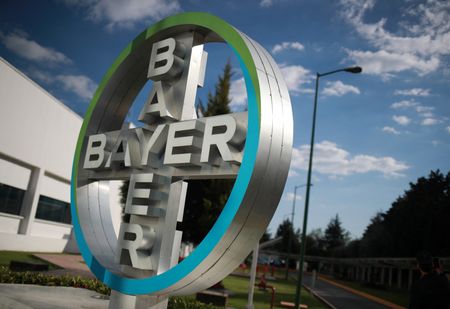By John Revill
ZURICH (Reuters) -Holcim became the latest Swiss company to see the strong Swiss franc take a bite out of its figures when the building materials maker reported on Thursday its first earnings since separating its North American business.
The Swiss cement and roofing products maker posted a drop in second-quarter sales in the three months to the end of June, as the rise of the safe-haven currency cancelled out local currency sales increases.
The franc strengthened against the euro, Mexican peso, and Australian dollar after U.S. President Donald Trump’s tariff announcements in April, reducing the level of sales abroad when translated back into Holcim’s reporting currency.
The company’s reported sales fell 3.8% in the quarter to 4.18 billion francs, as foreign exchange effects cut 267 million francs from its top line. With currency effects removed, sales would have been 2.4% higher.
CEO Miljan Gutovic said the stronger franc forced Holcim to be more efficient.
“I’m a big fan of the Swiss franc, because its appreciation over the years is forcing us to be best in class,” he told reporters, referring to the company’s profit margins.
“We always need to have a strict control on costs, we work on improving operational efficiency, and that is obviously having a significant impact on our margin extension.”
Although Holcim’s profit rose, it was also held back by currency effects, which reduced operating profit by 81 million francs.
In its first set of results since separating its North American business, the building materials maker posted a 1.2% increase in recurring operating profit to 955 million francs, ahead of analyst forecasts.
Without translation effects, profits would have been 9.8% higher, as Holcim increased margins by selling more of its low-carbon cement and concrete and its recycled building materials.
Holcim shares were up 0.6% in mid-morning trading.
In its first guidance for 2025 after spinning off its North American business Amrize, Holcim said it expected to increase its operating profit, when measured in local currency, by 6-10%.
It also guided for sales growth of 3-5% in local currencies.
($1 = 0.8131 Swiss francs)
(Reporting by John Revill. Editing by Miranda Murray and Mark Potter)











